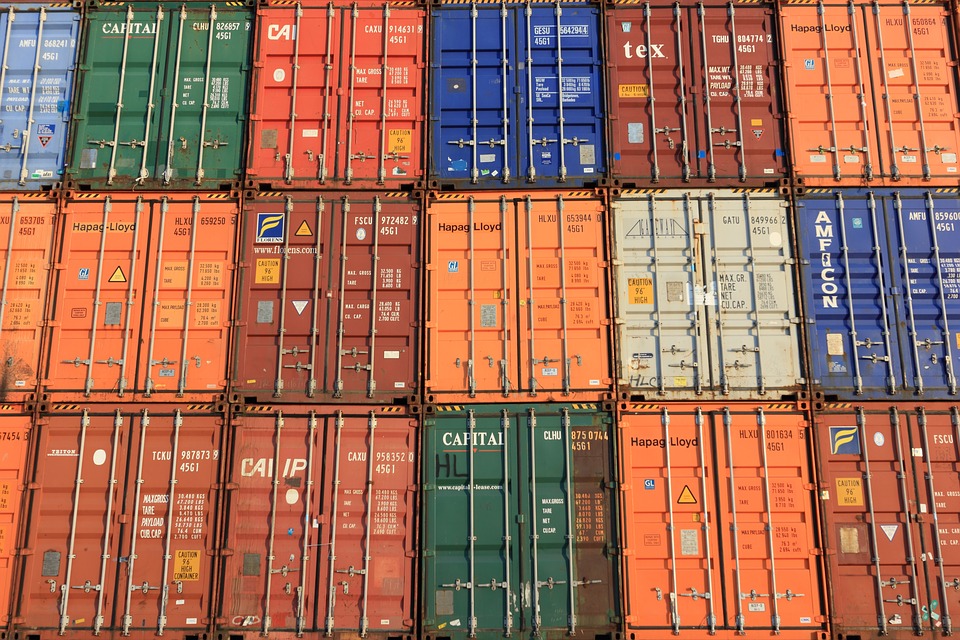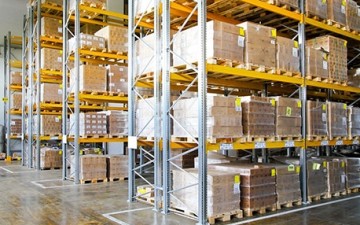Stock Lot Tracking for High-Quality Manufacturing Process

Having a central system for stock lot tracking – also known as batch inventory tracking, lot control and lot traceability – benefits companies where compliance to standards and quality control play a vital role.
It is critical to companies, generally in the food, electronics, avionics, defence, automotive and similar industries, which need to follow very strict regulations and want or need to stay well organized. Generally, it is a functionality that lets you record the detailed history of each item that is processed in your company.
When do you need lot traceability?
Lot traceability is critical if:
- You need to be organized.
- You need to ensure the high quality of your products.
- You need to be able to keep track of expiry dates.
- You need to be able to track your materials, know their exact location, history, etc.
- You need to be able to easily trace defects.
- You need to know the history of each product that leaves your premises.
- You are supplying retailers. Many big retail businesses only deal with distributors who have traceability functions in place.
- You are selling to consumers and need to know which products any client received.
Even one of the previous reasons is important enough to implement a lot tracking system.
What is a stock lot?
The simplest explanation is that a stock lot is one batch of some product. For example, each time a batch of product is purchased, a new batch is sent to replenish; therefore, a new stock lot number (aka “a batch number”) is created to identify it.
You may have many stock lots of the same material – purchased at different times, with different costs, possibly from different vendors, with different expiry dates, stored in different locations/shelves, some of which have certificates, files or notes attached, etc.
Once this information has been recorded and associated with the stock lot number, then this allows you to:
- Know exactly what you have in stock, in which batches, the locations, how much is the actual value, etc.
- See if anything is going to expire and act accordingly.
- Store lot-specific information, like delivery notes, Certificates of Conformance, or other documents.
- Track the actual cost of each end-product, since the actual cost of materials used is known.
- Trace defects from an end-product to a specific production run and to specific batches of materials.
How does a stock lot tracking work?
Lot tracking ensures that the history of every product and material is known. Technically, this means:
- Each batch of an item is tracked and identified separately.
- Every time a material is purchased, a unique lot number is recorded for it.
- During production, materials are consumed from specific stock lots. The stock lot numbers are recorded.
- Each production run produces a new lot (batch) of products.
- Stock lots from where products were given out are recorded for each sale.
- Defects in end products can be traced back to specific production operations, or material purchases, in seconds.
- For a defective batch of materials, it is possible to identify all products that were affected.
Stock lot tracking, serial numbers tracking
In addition to being able to track batches, it is important for many industries to be able to track individual parts or products by using serial numbers. This is especially important for electronics, defence, automotive and industrial equipment manufacturers.
Since in one lot there are many individual products, serial numbers provide the ability to track each individual product specifically, look up its individual history, know which customer has it, record warranty information, schedule maintenances, record issues, etc.
How does a stock lot tracking work in MRPeasy?
The warehouse management functionality (WMS), together with manufacturing planning and reporting functions (MRP-MES) in MRPeasy offer full lot and serial number traceability. This makes MRPeasy perfectly suited for ensuring material and product traceability:
- Lot tracking is automated and always working.
- Unique lot numbers are automatically generated when products enter the system.
- Notes and files, e.g. certificates, can be attached to individual stock lots.
- Expiry dates of materials and products are managed.
- MRPeasy proposes from which lots to pick items – the worker needs no manual lot number recording.
- MRPeasy makes sure that no product or material can be overbooked by managing the reservations properly.
- If materials or products need to be picked, the lot number, location and quantity are always indicated to the workers.
- It is possible to divide one batch of materials (a stock lot) among different production runs, or customers.
- In addition to stock lot numbers, it is possible to track serial numbers of individual parts.
- And much more.
More about lot tracking and traceability software functionality.
Some additional resources about this topic:



